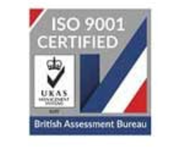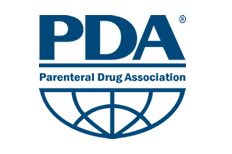CLEANROOM STAINLESS STEEL CLEANING ADVICE AND TIPS
| Cleanroom Supplies
Caring For Cleanroom Furniture and Cleaning Your Stainless Steel
Many people contact us to ask about cleanroom stainless steel care and cleaning. Stainless steels need to be cleaned correctly for a number of reasons:
- To preserve the appearance
- Cleanroom or controlled environment disinfection
- To preserve corrosion resistance
Stainless steel is protected from corrosion by a thin layer of chromium oxide. Oxygen from the atmosphere combines with chromium in the stainless steel to form this passive chromium oxide film that protects from further corrosion.
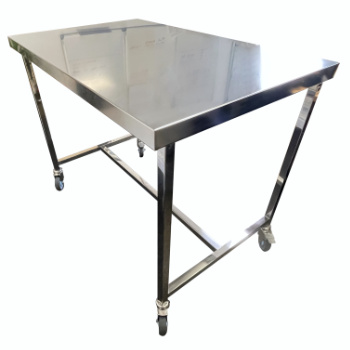
Any contamination of the surface by dirt hinders this passivation process and can trap corrosive agents, reducing corrosion protection.
How To Clean Stainless Steel Products
Some form of routine cleaning is necessary to preserve the appearance and integrity of the surface.
Stainless steels are easily cleaned by many different methods.
The material actually thrives with frequent cleaning, and unlike some other materials, it is impossible to “wear out” stainless steel by excessive cleaning.
Like any surface that is exposed to the environment, stainless steel can get dirty and even corrode if not cleaned properly. The actual name, `stainless’ simply mean it stains less, than many other materials.
Frequently, warm water with or without a gentle neutral detergent is sufficient.
Disinfection can be carried out using either non-sterile or sterile 70% IPA alcohol , depending on the cleanroom requirements and SOP.
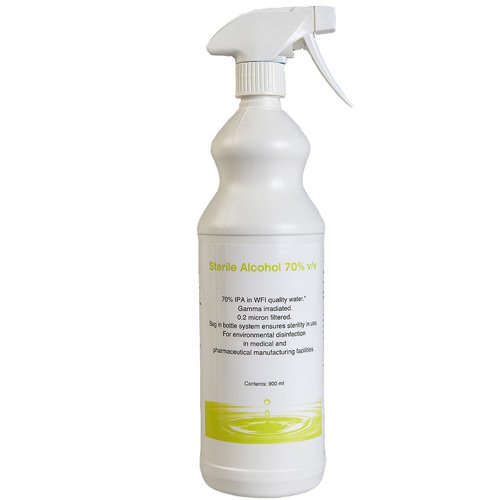
Fingerprints are probably the most troublesome marks to remove from the surface of smooth polished stainless steel. Warm water with or without a gentle neutral detergent is sufficient.
Cleaning should always be followed by rinsing in clean hot water. It is advisable to wipe the surface completely with dry, lint free and none abrasive cleanroom surface wipes.
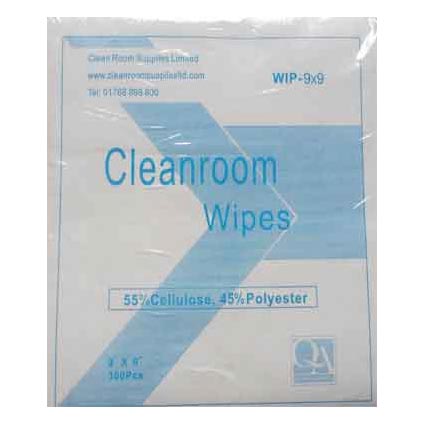
Cleanroom Supplies can supply you with a vast range of stainless steel furniture and dispensers ( see our Bespoke manufacturing service ) along with all of the recommended cleaning materials as described above.
For FAQ by the British Stainless Steel Association, click here
For further advice, please do not hesitate to contact us.









